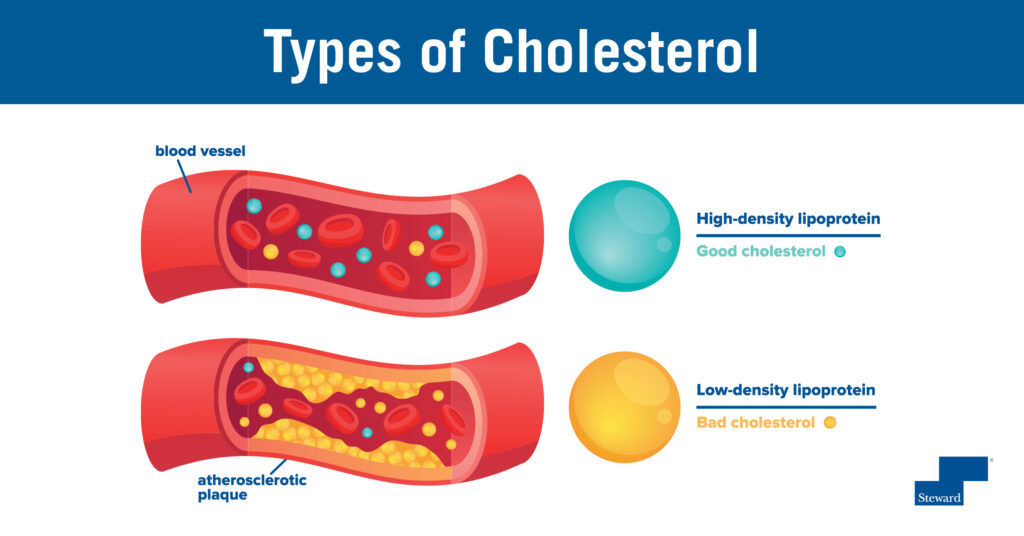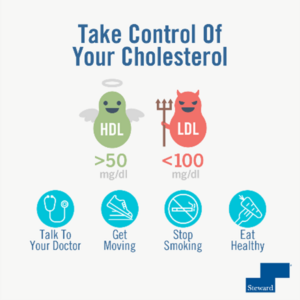Of all the things I have done in my career, ICU nursing, specifically heart nursing, is my true love. It’s how I first think of myself as a nurse. My sister is also an ICU nurse and a heart nurse, but where I specialize in adults, she specializes in children. We often talk about how similar and yet how different heart nursing is between adults and children, and one of the things that my sister gives as a reason she cannot take care of adults is that “in adults with heart disease, there are always regrets.” That always strikes a very strong chord with me because I see it far too frequently. It’s very rare when I talk to someone with heart disease who doesn’t talk about their regrets about not better managing diet and exercise, regrets about not managing their blood pressure, and/or regrets about smoking. The problem is that making those changes can be very, very hard. Over the last few months, I have been sharing changes we can make, one at a time, to get a little bit healthier. The changes are small, but the payouts over time can be big. Today, I am going to talk about managing cholesterol.
Cholesterol comes in two forms: high-density lipoprotein, also known as HDL or “good” cholesterol, and low-density lipoprotein, also known as LDL or “bad” cholesterol. HDL molecules, because of how they are formed, are like tiny scouring pads. As those molecules travel through the blood stream, they scrub the blood vessels. LDL, on the other hand, is more like the toy slime kids play with—it’s thick and sticky. As it travels through the blood stream, it sticks to the walls of blood vessels and can grab other things like calcium. LDL and calcium are the main building blocks for the plaques that can narrow and block blood vessels, a condition known as atherosclerosis. When the HDL keeps the LDL in check and stops it from building on the walls of vessels, it helps prevent atherosclerosis.

One thing I think everyone needs to understand is that LDL, despite being called “bad” cholesterol, is not truly bad; we need LDL just as much as we need HDL. LDL is crucial in the construction of healthy nerve cells and in the manufacture of many enzymes and hormones that keep our systems running properly. We just don’t need excessive amounts of LDL. LDL is like so many things in life: a little bit is good; a lot is bad.
According to the Centers for Disease Control and Prevention (CDC), normal LDL is about 100 milligrams per deciliter (mg/dL), and normal HDL is about 50 mg/dL, giving a total cholesterol of 150 mg/dL. High cholesterol itself has no symptoms. However, atherosclerosis, which results from high cholesterol, can lead to some awful complications. Blockages in heart vessels can cause heart attacks; blockages in brain vessels can cause strokes; blockages in feet and legs can lead to amputations; and slowed or blocked circulation to organs can lead to all kinds of organ failures. These things are the tip of the iceberg when it comes to issues resulting from atherosclerosis. That is why it is very important to get your cholesterol levels tested regularly. Many clinics, pharmacies, and even employers offer free cholesterol testing. The blood bank where I donate offers free cholesterol testing with blood donations—a definite win-win. Testing is generally quick and easy, only requiring a small amount of blood.

When it comes to managing cholesterol, however, things get a little bit more complicated. That is because it’s difficult, if not impossible, to manage cholesterol with diet alone. Cholesterol levels are much more about the person in many ways than what they eat. I know many people who are ideal body weight and eat mostly plant-based food and yet their cholesterol levels without medications run very high. I also know many people who are the opposite. Managing cholesterol almost always requires some level of help from a health care provider because, along with diet, people need medications to help get their cholesterol levels down. If you do need medications, pay particular attention to any side effects and speak to your provider if you experience them. You probably don’t have to suffer side effects to manage your cholesterol. There are many different medications that lower cholesterol on the market, which means a health care provider can almost always find something that will work for you without you having to suffer side effects.
As you continue making changes to become healthier, add managing cholesterol to your one change at a time list. Get your cholesterol levels tested and speak to your health care provider about the best ways for you to manage your cholesterol levels.

Carol A. Cates, MSN, MBA, RN
Chief Nursing Officer
Odessa Regional Medical Center
To find a doctor or schedule an appointment, visit Steward DoctorFinder™.




